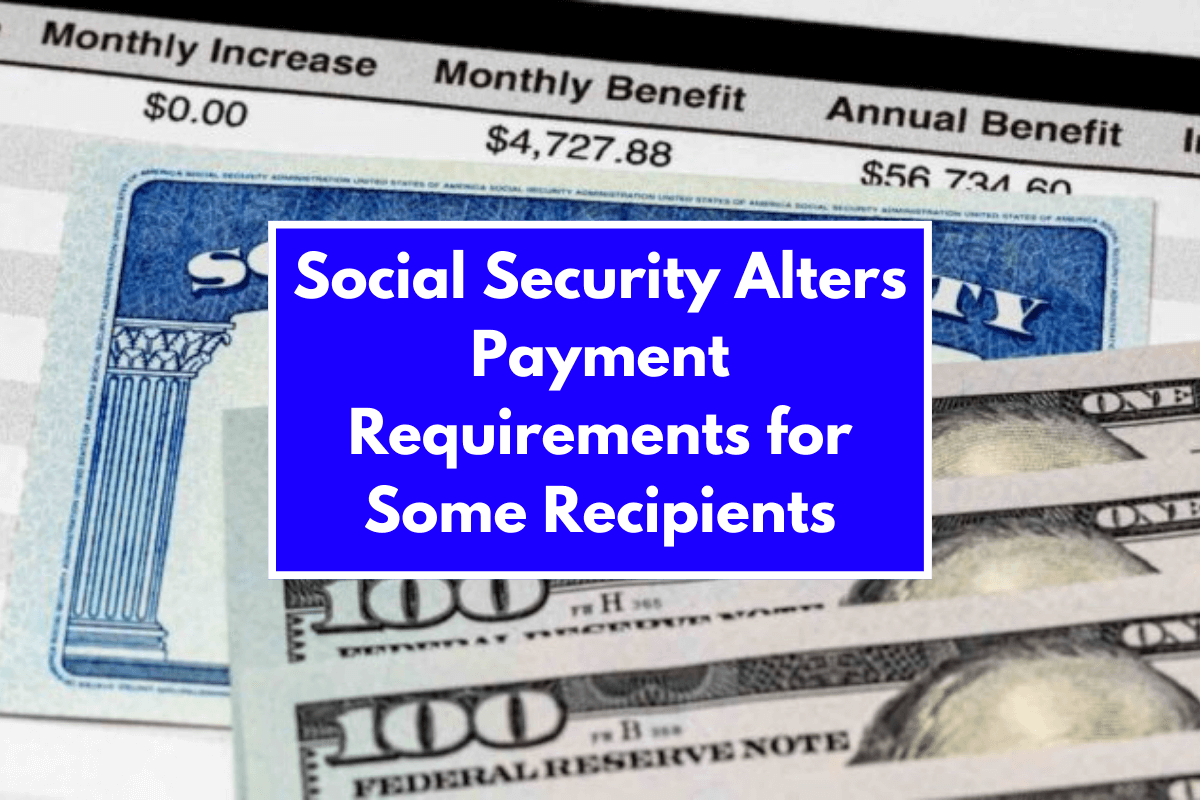Last August 12, the Social Security Administration (SSA) made a big news by adding new compassionate allowances to its list. This update is part of the SSA’s ongoing work to speed up the process of applying for disability payments.
The SSA recently said that nine new conditions have been added to the list of conditions that qualify for compassionate payments. In addition, two factors that were already there have been changed in important ways. Our goal with these changes is to make sure that people with serious illnesses get the help they need faster.
- Bainbridge-Ropers Syndrome
- Costello Syndrome
- Adult Heart Transplant Wait List – Status Levels 1-4
- Child Heart Transplant Wait List – Status Levels 1A/1B (revised existing condition)
- Histiocytic Malignancies
- Histiocytosis Syndromes (revised existing condition)
- Neonatal Marfan Syndrome
- PACS1 Syndrome
- Plasmablastic Lymphoma
- Renal Medullary Carcinoma
- Snijders Blok-Campeau Syndrome
The SSA is showing that it is committed to helping people with serious disabilities in a quick and caring way by making these changes.
A spokesperson for the agency said that the Compassionate Allowances program quickly finds cases where the applicant’s illness or medical condition clearly meets Social Security’s legal standard for disability.
Since many of these conditions are very bad, the claims are usually only accepted after a doctor confirms the diagnosis. More than a million people with severe disabilities have been cleared through this streamlined process that follows the rules and has a total of 287 conditions.

Accelerating the Social Security Disability Benefits Process
SSA Commissioner Martin O’Malley emphasized that this initiative is designed to speed up the disability benefits application process.
Commitment to Reducing Wait Times
“I am resolutely dedicated to cutting down on the time people have to wait to hear back about their disability claim, and we are making progress,” O’Malley said in the statement. “Compassionate Allowances helps with this by speeding up the disability application process for people whose medical condition is very bad and makes it likely that they will be approved for benefits.”
To sum up, the scheme for compassionate allowances:
- Focuses on quickly identifying eligible claims.
- Relies on medical confirmation of diagnosis for approval.
- Has approved over one million severe disability cases so far.
- Includes 287 medical conditions.
This program is an important step toward making sure that people with severe disabilities get the help and assistance they need as soon as possible.
Understanding Social Security Disability Benefits in the U.S.
Government data shows that as of July, 7.2 million Americans were getting disability payments from the Social Security Administration (SSA). The monthly benefits added up to $11 million, with each receiver getting an average of $1,500.
Ensuring Accuracy in Disability Applications
The SSA stressed that the agency carefully looks at the medical records of people applying for disability payments to make sure the applications are real. The SSA wants to make sure that the application process is accurate and fair by using cutting-edge technology.
Technological Advancements in Disability Determination
The SSA said, “The agency uses cutting-edge technology to find possible Compassionate Allowances (CAL) conditions and make quick decisions.” “Social Security’s Health IT initiative speeds up and improves the efficiency of the process for determining disability with electronic medical records.”
The SSA wants to speed up the process of determining disability by using cutting-edge technology. This will make sure that people who are eligible for benefits get them quickly and correctly.















Is Ehlers Davlos syndrome on the list of ssdi qualified disabilities??-
Hello Richard,
Yes, there is disability benefits available for people with Ehlers-Danlos Syndrome, but it is not always easy to qualify.